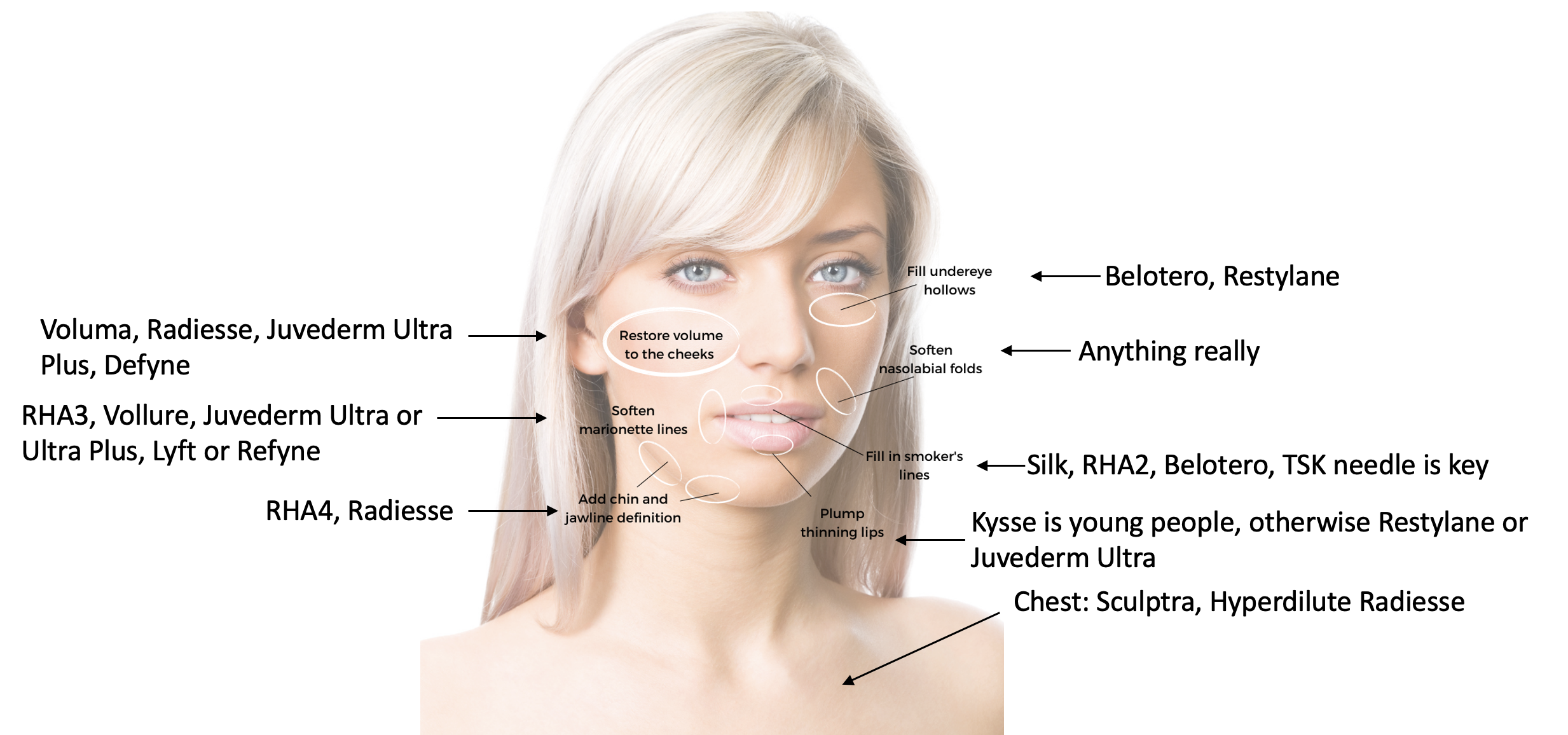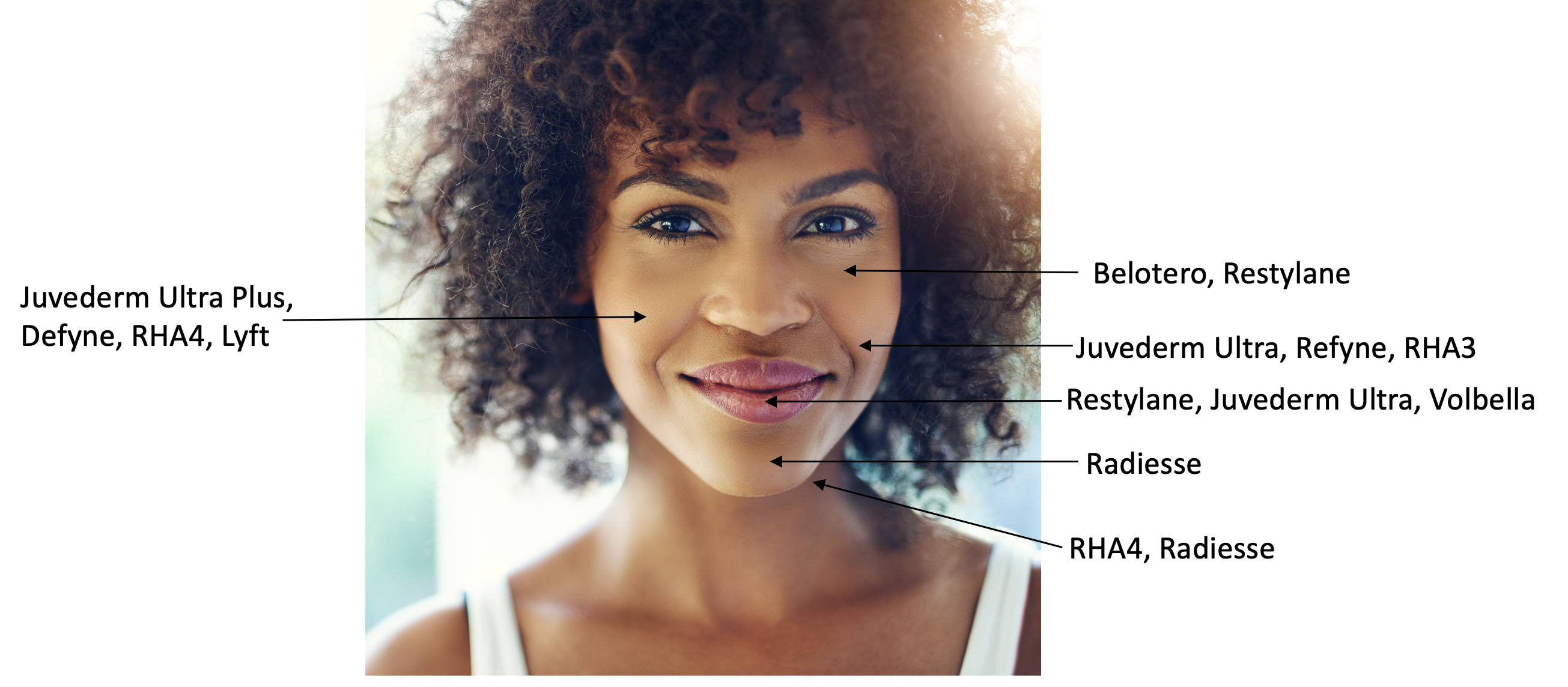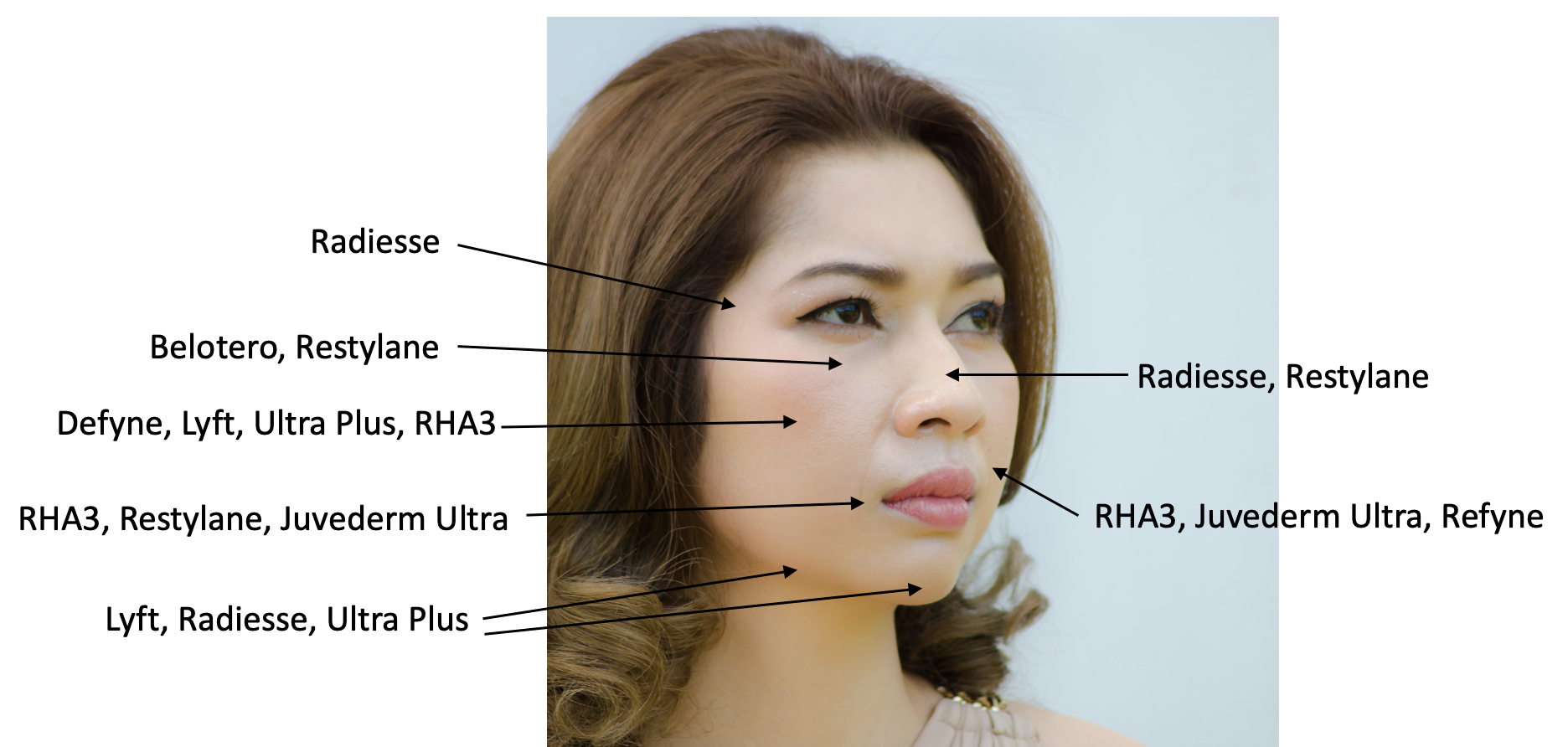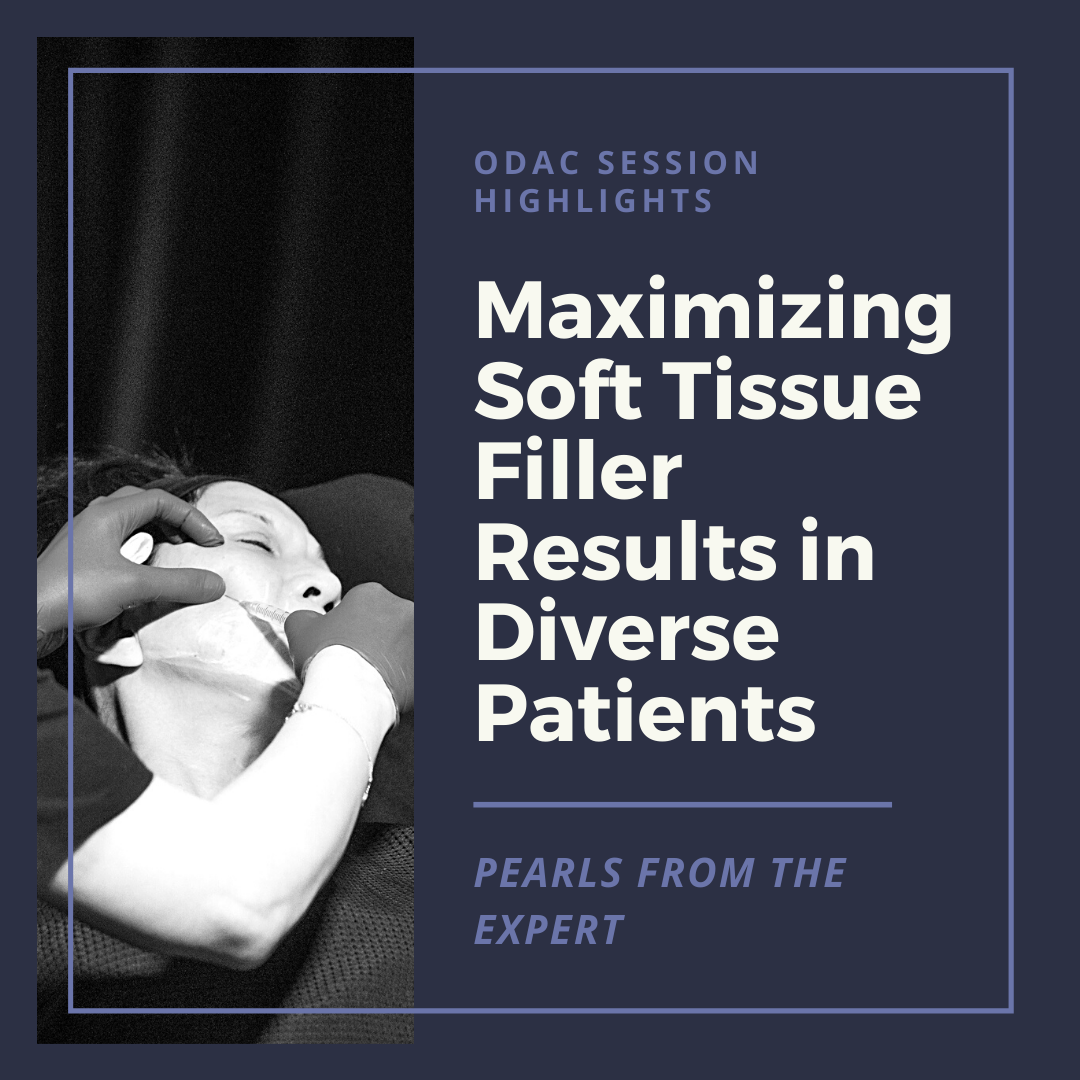How does darker skin react to soft tissue fillers? How do ideals of beauty differ across various cultures? Can fillers that stimulate collagen, elastin production or skin tightening be more effective in skin of color? How does cultural competency allow us to provide customized, tailor-made care in order to maximize filler results in diverse patient populations?
At the 2021 ODAC Dermatology, Aesthetic and Surgical Conference, Dr. Kavita Mariwalla, founder of Mariwalla Dermatology and a nationally recognized leader in dermatology and dermatologic surgery, gave an eye-opening talk on some of the fundamental concepts that should be kept in mind when evaluating and treating patients with soft tissue fillers based on their skin types.
In this article, we will review highlights from Dr. Mariwalla’s talk including:
-
- Back to the basics: how darker skin differs on a molecular level.
- Filler properties: understanding the brush we paint with.
- Mariwalla’s GO-TO products: suggestions on soft tissue filler products to use based on different anatomical sites in Caucasian, Black, and Asian patients.
Differences in Skin Microanatomy Exist Among Skin Types
It is well known that the quantity of melanocytes remains the same across different skin types, but the size and dispersion of the melanosomes can vary dramatically. This leads to the phenotypic differences that we observe daily. People with melanin-rich skin gain additional photoprotective benefits due to their larger and more thoroughly dispersed melanosomes.
This can act as a double-edged sword, however, as melanosomes have been shown to degrade slower in darker skin thus explaining the higher incidence of pigmentary disorders such as post-inflammatory hyperpigmentation we see in these patients. The cornified envelope of richly pigmented skin also contains additional layers when compared to Caucasian skin.
Within the dermis, we know that black skin contains larger, more abundant fibroblasts within a smaller collagen fiber network and increased macrophages. These combinations of factors may help explain why we commonly see those with darker skin aging about a decade behind their Caucasian counterparts.
KEY POINT #1: Differences in melanocyte, cornified envelope, and dermal cellular biology can mean that soft tissue fillers that stimulate collagen or elastin can be more effective in skin of color.
Painting with all the colors
When starting off, it is tempting to follow a “recipe-book” approach to selecting fillers. This is typically a result of most of us lacking a working knowledge of the various filler properties that are drilled in us during residency. Hearing terms like elasticity, viscosity, G’, and cohesivity give me terrible flashbacks to Physics 101.
If you are like me, fear not! Dr. Mariwalla did an excellent job in breaking down what these terms mean on a practical level and how we can apply that knowledge to provide our patients with optimal results. All hyaluronic acid fillers are composed of the same glycosaminoglycan, but it is the type and number of links between the molecules that lead to the differences in fluid dynamics parameters that we see below.
Elasticity/G’= The firmness of the gel. The elasticity of the HA filler is expressed in G’. This is the primary determinant of tissue projection. A higher G’ value will lead to increased tissue projection.
Viscosity= Gel spread. The ability of the filler to spread once it is in the tissue A lower viscosity gel will spread more.
Cohesivity= Cohesivity is a measure of the ability of the fluid and solid phases of a filler to stick together. This is expressed in a numerical value from 1-5; 1 being the least cohesive and 5 being the most.
KEY POINT #2: A filler with a high cohesivity score (5) will intercalate into the tissues more easily which contributes to tissue expansion and reinflation of fat compartments and intradermal filling1. The filler with the highest cohesivity score is Beletero balance and the least is Restylane1.
Putting all this together, we can use our foundation of this basic science to tailor the most appropriate and efficacious treatment plans for our patients. A filler with high G’ and low cohesivity score will project the injected tissue vertically. Conversely, a filler with low G’ and high cohesivity will inflate the tissues horizontally. As Dr. Mariwalla said in the lecture, “the paint helps the painter” and there is a role for every soft tissue filler, depending on the application.
It is also important to keep in mind that in darker skin types, a filler with a higher cohesivity score will be more bio-stimulatory as it intercalates between the collagen bundles of the dermis than in a lighter skin types. This is another variable to consider when selecting your filler.
Dr. Mariwalla’s Go-To Soft Tissue Filler Products by Injection Area in Patients with Different Skin Tones
Caucasian patients:

*Helpful Hints*
Under eye hollows: Belotero (for higher injections), Restylane (for more consistent results, deep)
Smoker’s lines: Restylane Silk, Beletero, or RHA2 using a TSK needle.
Cheeks: Voluma (great lift and volume), Radiesse, Juvederm Ultra Plus, Restylane Defyne
Black patients:

Asian patients:

I hope you enjoyed this summary of Dr. Mariwalla’s excellent talk. I will leave you with her biggest piece of advice:
“Know the science and apply it as an art!”
References:
-
- Sundaram H, Rohrich RJ, Liew S, Sattler G, Talarico S, Trévidic P, Molliard SG. Cohesivity of Hyaluronic Acid Fillers: Development and Clinical Implications of a Novel Assay, Pilot Validation with a Five-Point Grading Scale, and Evaluation of Six U.S. Food and Drug Administration-Approved Fillers. Plast Reconstr Surg. 2015 Oct;136(4):678-686. doi: 10.1097/PRS.0000000000001638. PMID: 26397245.
This information was presented by Dr. Kavita Mariwalla at the ODAC Conference held January 14-17, 2021. The above highlights from her lecture were written and compiled by Sang Kim, MD.
Did you enjoy this article? Find more on Aesthetic Dermatology topics here.

